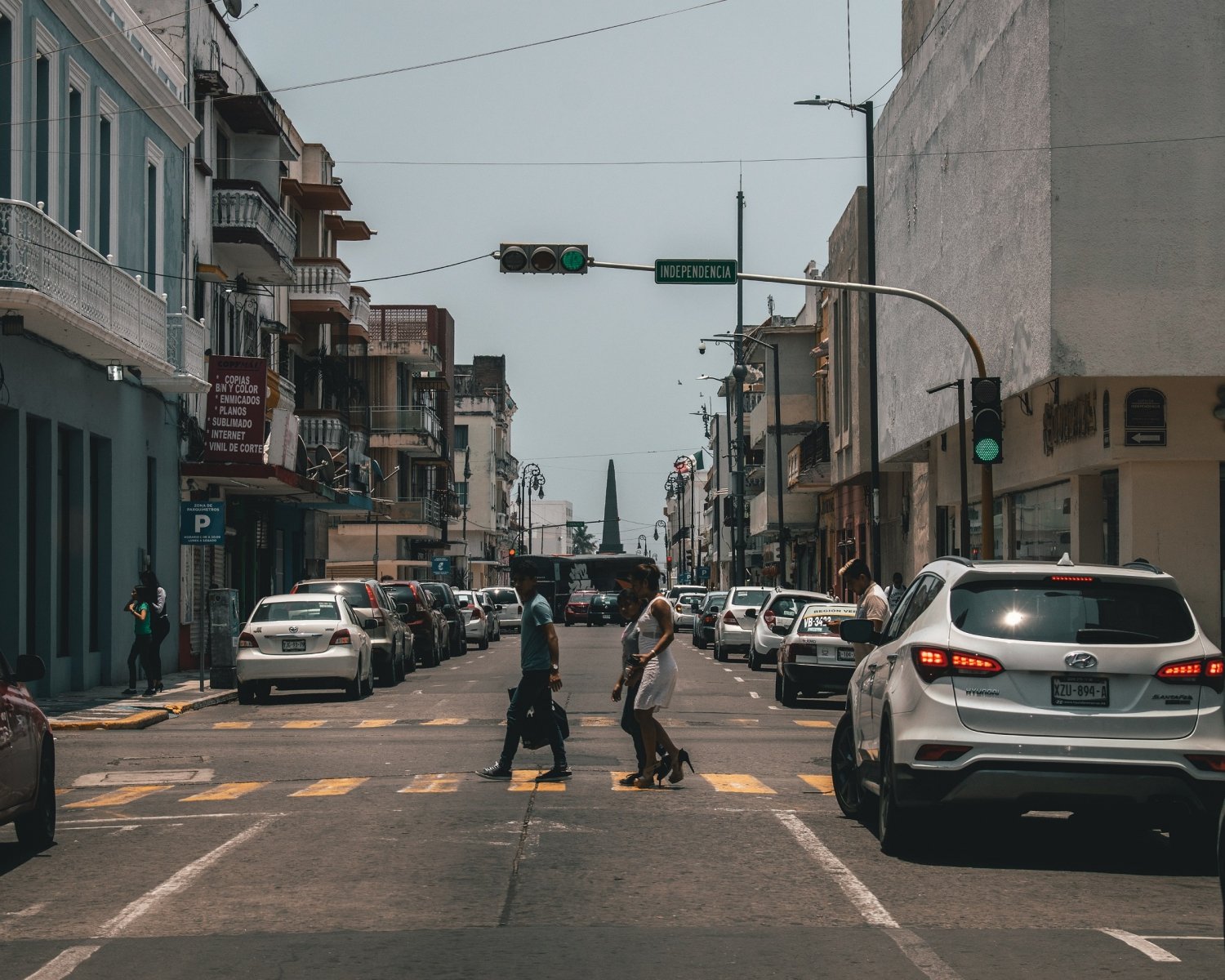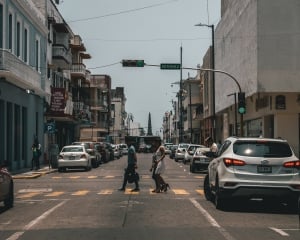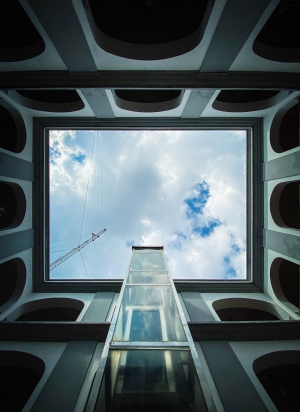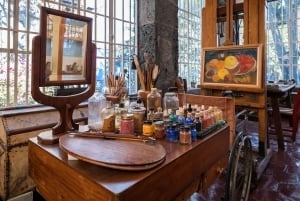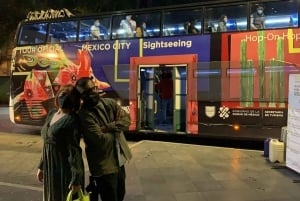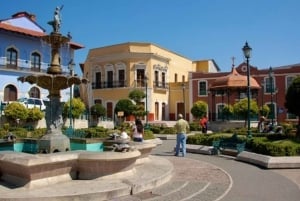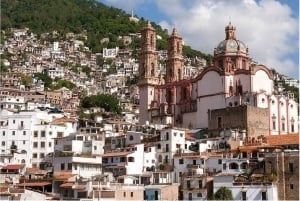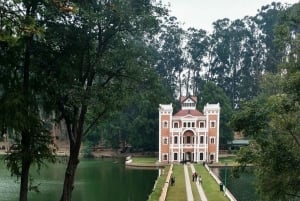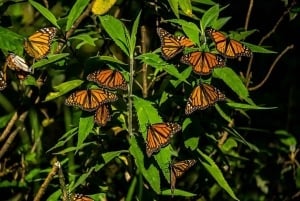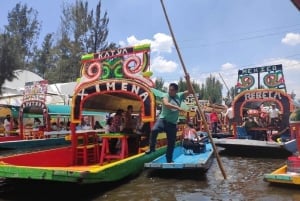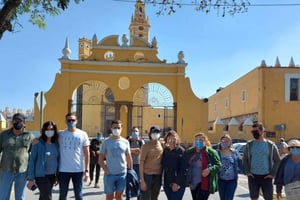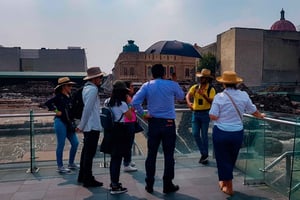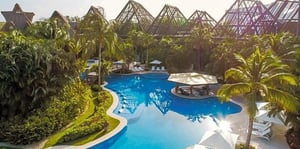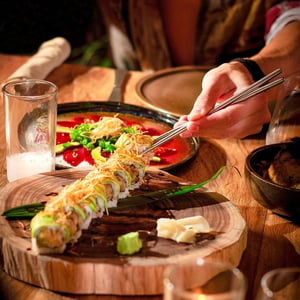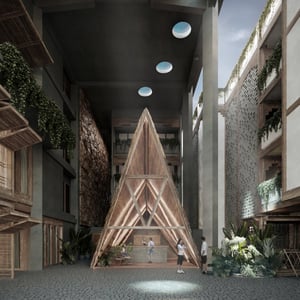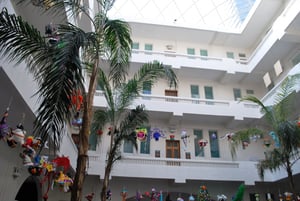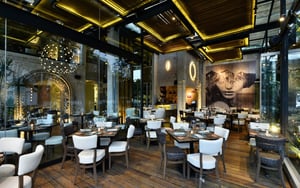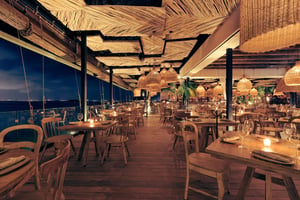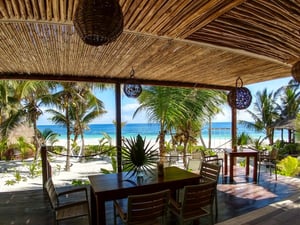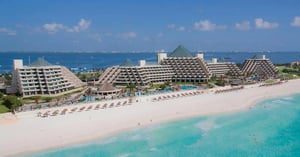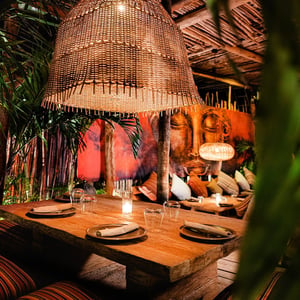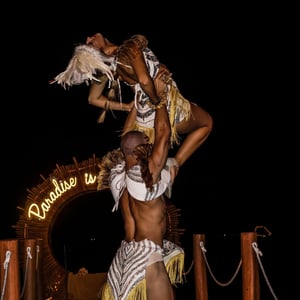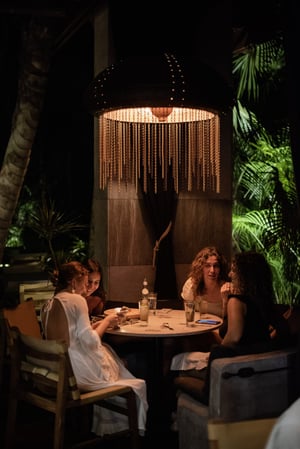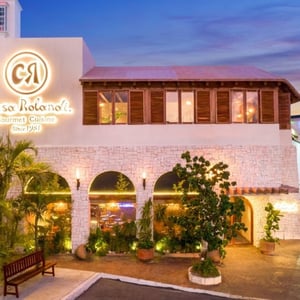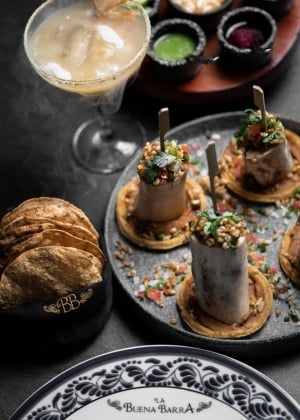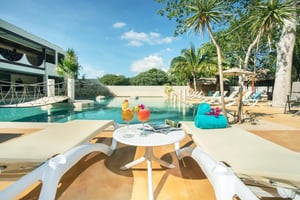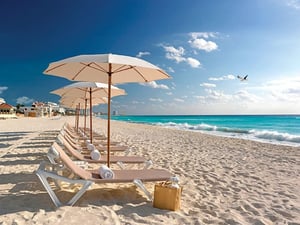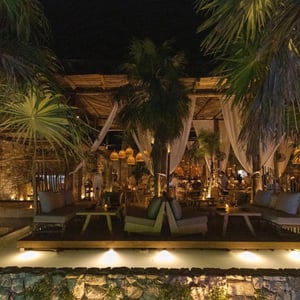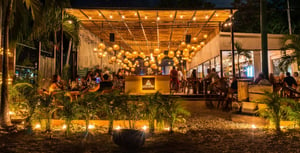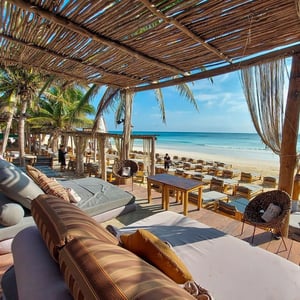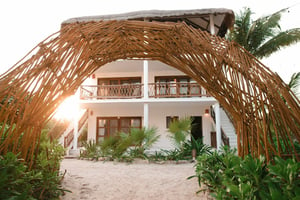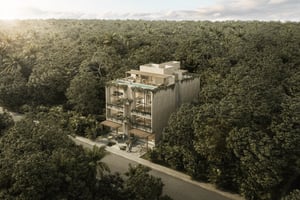Veracruz
Renowned for its gorgeous beaches, culture, Afro-Caribbean dance, and tasty seafood specialties.
The state of Veracruz is a long, narrow, crescent-shaped state situated along the Gulf of Mexico. It is one of Mexico's top three countries for biodiversity (along with Oaxaca and Chiapas). The state is renowned for its gorgeous beaches, culture, Afro-Caribbean dance, and tasty seafood specialties. It is rich in natural resources and is a leading national producer of coffee, cane, corn, and rice.
Remains of pre-Hispanic civilizations between 1,500 and 1,200 years have been found in more than 200 sites in the state of Veracruz. The cultures we know occupied the region were huastecos, totonacas, and olmecas.
The history of Veracruz is one of the most distinct of Mexican heritage, the great fiesta of jarocha, the gastronomy of the coast, and the mixed dances form a multicolored painting deserving of recognition. In the year, various patrons, religious and pagan festivals are observed throughout the province. The popular car parades often feature music performed by musicians playing the rhythm of jarocho or huapango, huasteco, costumes, various dancers, and the best comedy to celebrate, after a symbolic "bad humor" gesture, an act that inaugurates the celebration.
The craftwork is another artistic expression of Veracruz's great quality. Numerous ethnic groups still live in the territory, producing beautiful textile products, pottery, and carton products. In the region of Huasteca and in the Sierra de Zongolica, where the Macehuale Indians live, fabrics are made to make mats, bags, and rugs. Ancient pottery art was preponderant in ancient Meso-American civilizations, and today, in the villages of Huasteca and San Miguel Aguaselos, women produce beautiful ceramic items for themselves and for sale.
The Port of Veracruz:
The city of Veracruz, officially known as "Heroica Veracruz" but most frequently referred to as "El Puerto de Veracruz," was the first Spanish city to be founded in Mexico. They arrived for the first time in 1518 under the order of Juan de Grijalva; Hernan Cortes arrived the following year and founded La Villa Rica de la Vera Cruz (Rich City of the True Cross). As the country's main port of entry, the city has played an important role in many wars and is one of the main tourist attractions of the state, particularly during the Carnival, when the city comes alive with music and dancing with a strong Caribbean influence.
The State Capital, Jalapa:
The state capital, Jalapa (or Xalapa) is a vibrant university town, home to an excellent anthropology museum with the second largest collection of Mesoamerican objects in the world (after the Museo Nacional de Antropologia in Mexico City). The neighboring towns of Coatepec (one of Mexico's "Pueblos Magicos") and Xico offer fascinating local culture and scenery in the heart of the coffee-growing area of Veracruz.
Further north, the town of Papantla is famed for the cultivation of vanilla. The adjacent El Tajín archeological site is one of Mexico's largest ancient cities and is home to a significant number of ball courts. Cumbre Tajin is a festival that marks the spring equinox which takes place every year in the month of March.
To the south of the port of Veracruz lies the town of Tlacotalpan, a colonial river port, and a UNESCO-listed town built in the mid-16th century. Further south is Lake Catemaco, situated in the Los Tuxtlas area, which is remarkable for its diversity of plants and animals. It includes the Los Tuxtlas Biosphere Reserve and the Nanciyaga Ecological Reserve.


